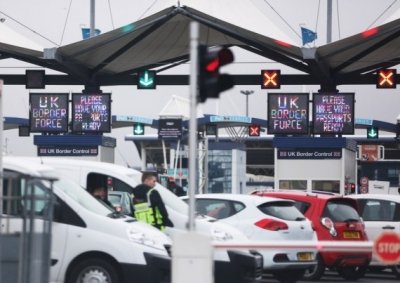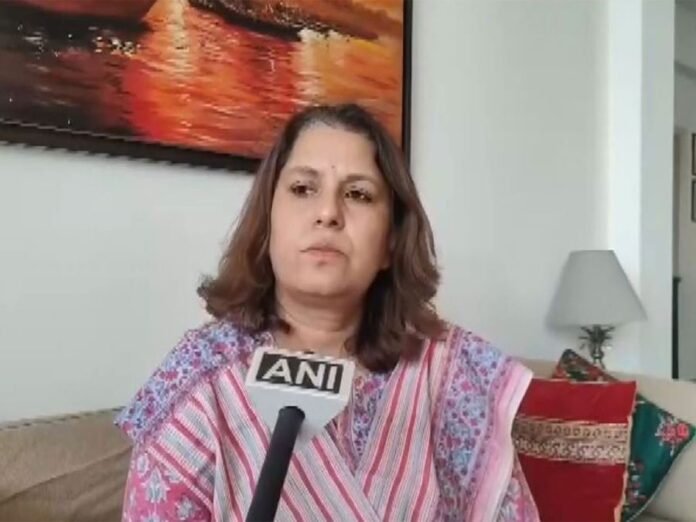Countries around the world that once opened their doors wide to immigrants—whether for skilled workers or those fleeing danger—are now pulling back. Shifting global politics, public pressure, and special interests are driving these changes in immigration policies. From the US to Europe and beyond, nations are cracking down to manage borders and control who stays.
Take the United States and the United Kingdom, for example. These countries built their tech and healthcare sectors with help from talented immigrants, including thousands of Indian engineers who powered Silicon Valley’s boom and skilled doctors who strengthened the UK’s National Health Service. Germany and Canada, meanwhile, offered refuge to people escaping wars and violence.
But those days feel distant now. In the US, immigration authorities ramp up deportations for anyone suspected of entering illegally, often sending them to unfamiliar places. Even for professionals, visa rules are getting stricter, making it harder to work and live there.
The UK has seen big shifts too. Last year, under then-Prime Minister Rishi Sunak, the government passed a controversial bill to send asylum seekers who enter illegally to Rwanda for processing. Despite protests over Rwanda’s safety, Parliament approved it, and it became law in 2025 with royal assent. The plan rolls out in phases, aiming to deter irregular migration by relocating some claimants there.
On top of that, the UK tightened rules for legal immigrants. Visitors, students, and even nurses face tougher stays. The new Keir Starmer government kept most of these restrictions in place. Just this month, the UK Home Office reported a sharp drop in asylum claims through legal routes, thanks to “tough new measures.” They highlighted stricter checks leading to more visa refusals: short-term study visas now get rejected 68% of the time, up from 45%, while skilled worker applications jumped from 3% refusals in 2023 to 21% in June 2025. Student asylum claims fell 10%.
Canada is also stepping up scrutiny. Officials now closely check student and temporary worker programs, tighten post-study work options for some, and hike application fees plus biometrics costs to weed out fraud in the education sector.
Over in Germany, border patrols have increased along land routes. The European Union’s 2024 Migration Pact adds even tougher external border controls across member states, aiming to handle asylum flows more strictly.
Australia adjusted its temporary skilled migration system with higher sponsorship and visa fees, plus stricter labor market tests to ensure jobs go to locals first. They also limited some student and graduate work pathways.
New Zealand followed suit, raising fees for work and student visas while adding rigorous labor checks and focusing pathways on critical skills shortages.
Israel introduced an Electronic Travel Authorization (ETA) for many visa-free visitors, complete with processing fees to screen entries better.
Across the EU and Schengen zone, countries updated visitor rules, rolled out e-visas or ETAs, and tweaked national fees. Some Gulf states, like those in the Middle East, adjusted entry permits and work rules in specific sectors while expanding e-visas for tourists and business travelers. Even Asian hotspots reworked e-visa eligibility, added paid ETAs, or raised fees to streamline but control inflows.
Not every change aims to block people outright. Many updates focus on smoothing legal travel, boosting security, or targeting illegal immigration without slamming the door on genuine skilled workers or visitors. As global migration debates heat up, these policies reflect a push for balance in an uncertain world.
Stay informed on all the latest news, real-time breaking news updates, and follow all the important headlines in world News on Latest NewsX. Follow us on social media Facebook, Twitter(X), Gettr and subscribe our Youtube Channel.



